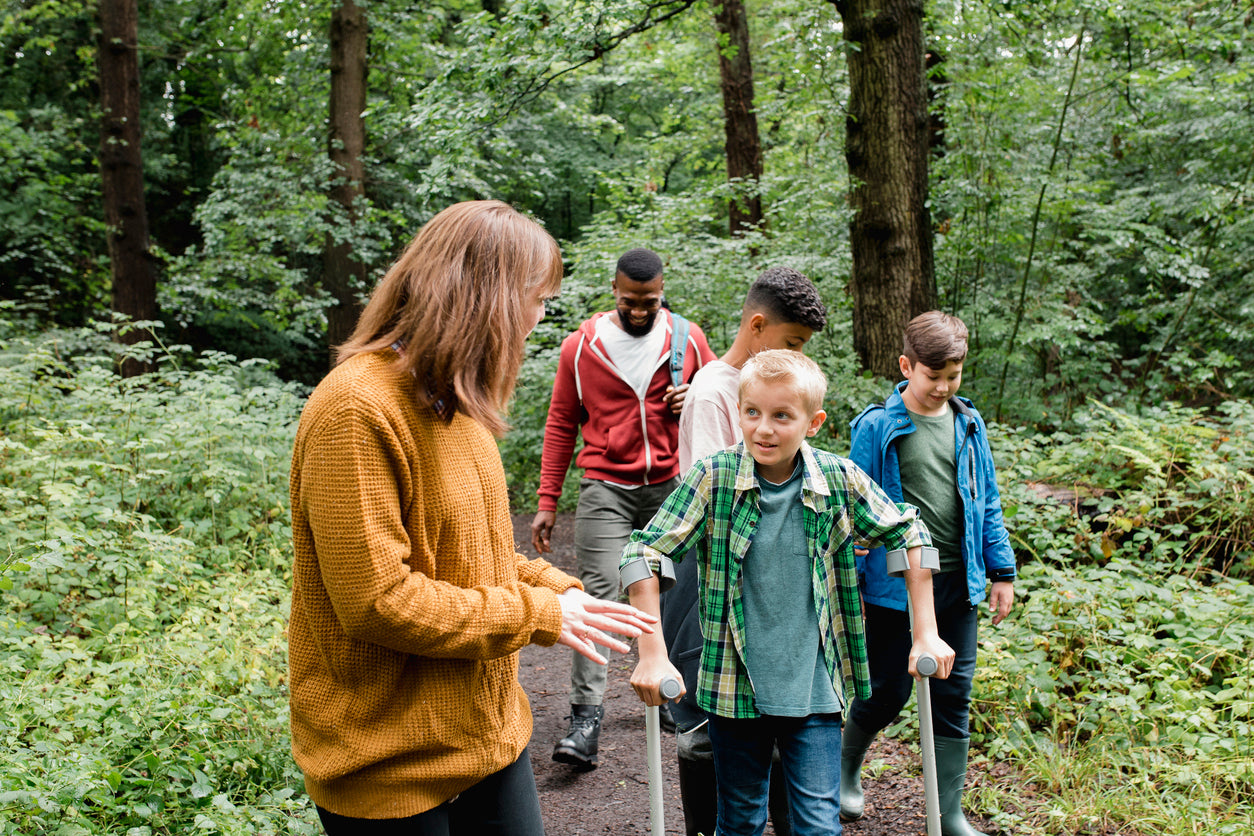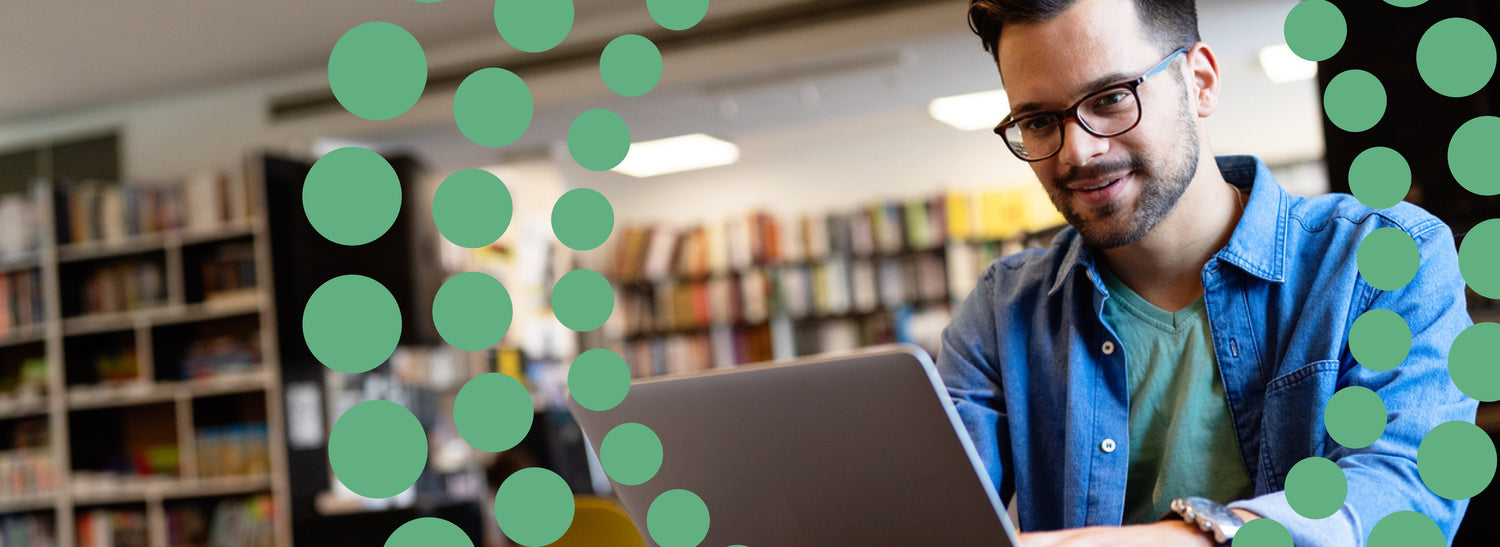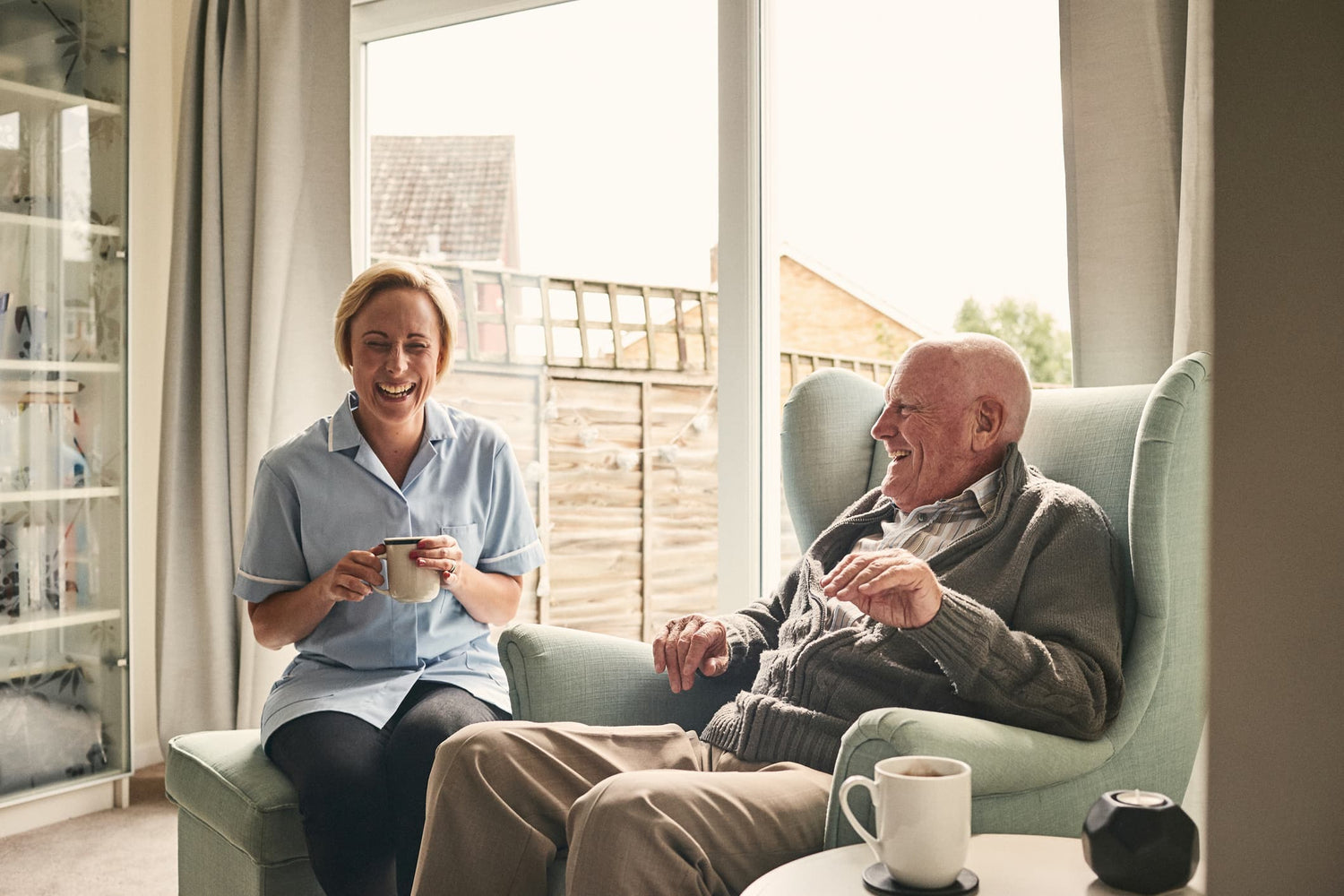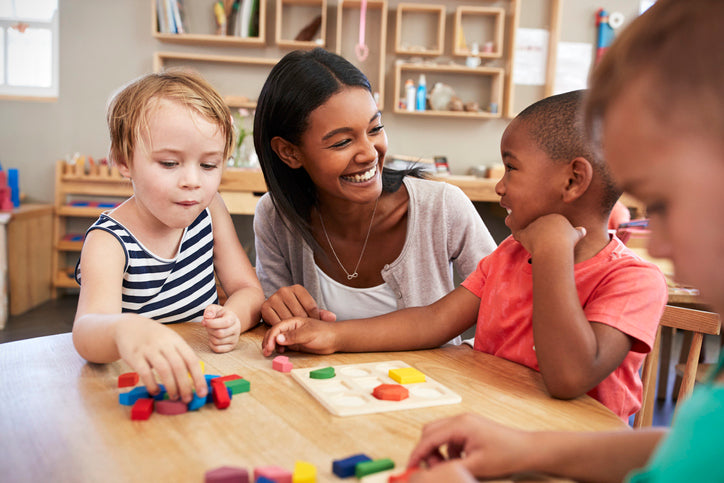Explore our collection of informative and educational blog posts to stay updated on the latest industry trends and expert advice.
What Meaningful Reflection Can Do For Student Learning

At Stanford University, you can earn a course credit simply by reflecting. Fashioned after psychologist Howard Gardner’s model, the Stanford program, called “Reflections,” engages freshmen in a series of ninety-minute sessions, once a week throughout the Winter Quarter. The facilitators of each group plan the sessions with sets of exercises that encourage students to “think about the values that are important to them, how they want those values to shape their lives and their relations to others, and what steps they want to take at Stanford to further what is most important to them.”
At the first session for one of the groups, for example, students were told, “We are taking a long airplane trip and you need to take one item that symbolises a special memory or reflects your identity.” The plane then makes a forced landing on a remote island. The group was asked to come up with ideas on how to be supportive of each other and to create a sense of community, while using each of the special individuals items that were brought. According to Tom Ehrlich, who runs the program, a “rich, insightful set of reflections emerged from the discussion.”
“We think replaying memories during rest makes those earlier memories stronger, not just impacting the original content, but impacting the memories to come.”
Another session gave the students a list of ten values, such as success, integrity, joy, wisdom, and love, as well as some blank spaces for them to add their own if they wished. They were asked, “Narrow your list, first to eight values, then to five, then to three, and finally to your top two core values.” The group discussed those core values and what they meant to the students. The facilitators then asked the students to reflect on those values in the week ahead. After a week of self-reflection, a number of students came to the following session saying that they had changed their two core values and explained why.
Over the course of these sessions, facilitators ensured that all information was kept confidential and urged students not to repeat it outside the meeting room. Students opened up about their worries–both personal and academic.
One common concern was insecurity–the fear that everyone around them was smarter than they were. Another was that they had trouble making friends, or that they did not really know how. “Career issues certainly arose, such as parental pressure to be lawyers or doctors,” Ehrlich says, “although the students, as they reflected on what was really important to them, wanted to follow different career paths.”
Over the course of the three weeks, Ehrlich says the groups bonded and became increasingly able to articulate their issues in terms of the basic questions we raised at the outset of this piece. “Not every student, of course, was equally affected by Reflections. But the positive evaluations received from most students provide compelling reason that we must help students learn to reflect about themselves and their relation to the world around them.”
But can this sort of program really prove effective across the board? Is reflection really so important that we need to carve out precious space in our curricula for it? Let’s see what the research has to say.
The Latest Research on Student Reflection
In October 2014, researchers at the University of Texas-Austin found that restful reflection strengthens the process of learning and memory formation in the brain. Margaret Schlichting, a graduate student researcher, and Alison Preston, an associate professor of psychology and neuroscience, gave participants in the study two learning tasks in which they were asked to memorise different series of associated photo pairs.
Between the tasks, participants rested and could think about anything they chose, but brain scans found that the ones who used that time to reflect on what they had learned earlier in the day fared better on tests pertaining to what they learned later, especially where small threads of information between the two tasks overlapped. Participants seemed to be making connections that helped them absorb information later on, even if it was only loosely related to something they learned before.
“Integrating reflection into existing assignments has three potential benefits,” they write. “Enhancing assessment of learning outcomes, fostering student learning, and engaging faculty in professional development.”
“We’ve shown for the first time that how the brain processes information during rest can improve future learning,” says Preston. “We think replaying memories during rest makes those earlier memories stronger, not just impacting the original content, but impacting the memories to come.”
Preston says her findings could help teachers design more effective ways of teaching. For example, imagine you are teaching students about how neurons communicate in the human brain, a process that shares some common features with an electric power grid. You might first ask students to reflect on things they learned in a high school physics course about how electricity is conducted by wires.
“A professor might first get them thinking about the properties of electricity,” Preston explains. “Not necessarily in lecture form, but by asking questions to get students to recall what they already know. Then, the professor might begin the lecture on neuronal communication. By prompting them beforehand, the professor might help them reactivate relevant knowledge and make the new material more digestible for them.”
The benefits of a reflective learning environment appear to be countless. At Oakland University, Elizabeth G. Allan and Dana Lynn Driscoll have been analysing how reflection can aid in assessment, student learning, and professional development. They’ve found that a reflective learning environment yields insights into students’ writing processes, promotes metacognition and transfer of learning, and reveals a variety of professional development needs.
“Integrating reflection into existing assignments has three potential benefits,” they write. “Enhancing assessment of learning outcomes, fostering student learning, and engaging faculty in professional development.”
It also doesn’t matter whether the shared reflection occurs in person or online.
In 2014, researchers from the National Taiwan Normal University and Taiwan Shoufu University found that virtual, instructor-led reflection can be just as effective as face-to-face instructor-led reflection. The study proposed a cloud-based reflective learning environment to assist instructors and students in developing and strengthening reflection ability during and after actual course sessions. An additional experiment was conducted to evaluate the effectiveness of the proposed approach in an industrial course. Results showed that the learning environment developed by the study was able to effectively facilitate student reflection abilities and enhance their learning motivation.
How to Make Reflection Meaningful
“For student reflection to be meaningful,” writes Larissa Pahomov, an English and Journalism instructor at the Science Leadership Academy in Philadelphia, “it must be metacognitive, applicable, and shared with others.”
Reflect On Your Own Reflection
Metacognition is simply an awareness of our own thought processes, so sharing academic work with others is a natural way to spark reflection. “Sharing their achievements helps those who struggled with that particular task, and sharing their weak spots helps them troubleshoot as they work through a problem set or have a peer edit a rough draft,” Pahomov says.
But it’s also crucial to practise awareness when you’re by yourself. The easiest way to encourage students to reflect metacognitively in their own time is to give them the tools to do it.
“Keeping a log of tasks and habits, for example, gives students a rich source of data to mine when reflecting on their progress, and there are many apps that will collect and aggregate this information in accessible and attractive ways,” says Pahomov. “The myriad of daily journals, goal-setting programs, and ‘productivity’ apps help to create a regular time and place for reflection, which students can use toward academic or personal projects. Even using a simple timer can help students chunk out their work so they take a reflective break, and some programs have breaks built into the timer cycle, so that a pause from the work is guaranteed.”
Don’t Just Reflect At the End
Another important part of meaningful reflection is applicability. “When asked to imagine a person reflecting, you probably conjure up an image of an individual alone, in a comfortable place, staring off into the distance, plaintively contemplating some earlier life event… This sentimental notion of reflection for reflection’s sake keeps the practice from being used for active improvement in the here and now.”
Pahamov points out that students are usually only asked to reflect at the end of a course, rather than throughout the course, and this is can hamper learning more than you would think. “Even though teachers often have a very clear notion of how the curriculum builds on itself and how students must develop their skills in a particular sequence, they often keep this structure hidden from their students.” Students need to see the big picture too, and if they do, they suddenly “have a framework for assessing how their past performance will influence their future work.” This makes reflection an applicable tool, not just a passive experience: “Reflection suddenly has a real and immediate purpose: You know where this course is going, so how are you going to improve the quality of your own journey?”
Share Your Relection With Others
Finally, Pahamov suggests that reflection ought to be shared.
“In the interest of keeping up appearances, we don’t really like to share our weaknesses and past failures. But if we are really seeking to take action based on our reflections, then we will likely need some help, and that means we have to own up about what needs work.”
To make students more comfortable sharing, the learning environment must be a place “where each student is recognised as being on an individual path of improvement… and that no student has reached the end of the path, because there is no end.” If there is no end, Pahamov says, it becomes more difficult for students to compare their relative positions on the journey.
Make Learning Authentic
Along with creating a collaborative setting, experts also say that an “authentic” learning environment can lead to greater reflection.
Jan Herrington of the School of Education at Murdoch University studies the effects of authentic learning on student reflection. Some of her more recent research involved students in first year university course, where social media was used to support authentic and intentional learning. Principles of authentic learning guided the design of the course, and opportunities for reflection were provided through the completion of a complex and collaborative task, a journal, and a reflective examination. Findings gathered over the course of two years showed that an authentic learning environment “allowed students to reflect both in action as they participated in the course tasks and on action as they wrote about their learning experiences.”
Don’t Just Summarise
“Summarising alone is not reflection, because it represents only the cognitive aspect of understanding,” says Cathryn Berger Kaye, author of The Complete Guide to Service Learning. “Knowing the difference between cognitive and affective expression is essential for meaningful reflection. There are numerous ways to express a thought: I think, know, believe, wonder, guess, surmise, propose, consider, and so forth. There are only two ways to express a feeling: I am (happy, sad, elated, confused, curious) and I feel (happy, sad, elated, confused, curious). Knowing the difference between thoughts and feelings leads to emotional literacy, accuracy in communication, and more expressive reflection.”
Keep Grades Out of It
“Reflection should not be graded,” says Kaye. “Teachers usually want to consider whether reflection is graded. In most situations, it’s best to avoid the grading of reflection. When graded, the process of reflection becomes a form of essay or other modality to meet the teacher’s criteria and that interferes with what may otherwise be personal and more honest. There are gray areas. If a class is studying the poetry form of haiku, and students are asked to submit their reflection as a haiku, the teacher could grade the students on whether they followed the haiku format but not on the content of their reflections.”








